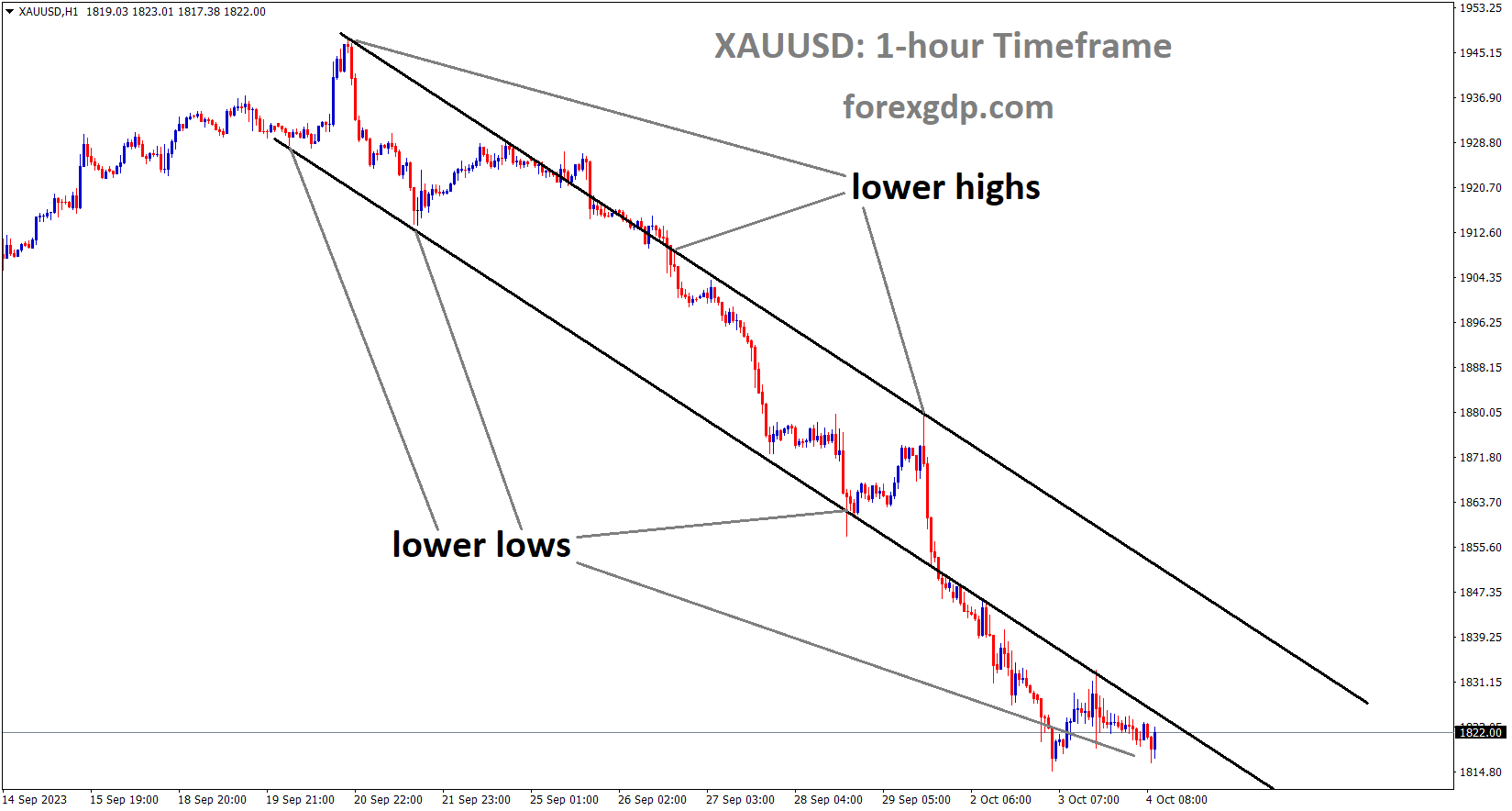EURUSD is moving in a descending channel, and the market has reached the lower high area of the channel
#EURUSD Analysis Video
EUR/USD Rises Amid Federal Reserve Speculation: How Market Sentiment Shapes Currency Movements
The EUR/USD currency pair has been making waves in the financial markets recently, with significant gains due to shifts in the global economic outlook. While currencies often fluctuate for various reasons, the recent rise of EUR/USD can be attributed to a few notable factors: the European Central Bank’s (ECB) monetary policy decisions, the weakness of the US Dollar, and changing market expectations surrounding the Federal Reserve’s next move. Let’s dive into these factors and explore how they influence currency exchange rates.
1. ECB’s Policy Decisions: What’s Happening in Europe?
The European Central Bank recently cut its deposit facility rate by 25 basis points to 3.50%, which had been widely expected. This action was primarily due to the weak economic conditions in the Eurozone and decelerating inflation. However, what really caught the market’s attention wasn’t the cut itself, but rather the ECB’s forward guidance.
No Pre-Set Path for Interest Rate Cuts
In a recent press conference, ECB President Christine Lagarde made it clear that future interest rate decisions will be driven by economic data. The ECB is now focusing on a “data-dependent” approach, meaning that rather than outlining a clear-cut plan for future rate adjustments, the ECB will assess each situation as it unfolds. Lagarde stated that decisions would hinge on several key factors: inflation outlook, economic data, underlying inflation dynamics, and the strength of the monetary policy transmission.
For many, this absence of a rigid path gave the Euro a boost. Markets were reassured that the ECB would not aggressively pursue rate cuts unless necessary, signaling confidence in the future stability of the Eurozone economy.
Impact on EUR/USD
This shift in ECB strategy immediately influenced the EUR/USD exchange rate, propelling the Euro higher against the US Dollar. Investors appreciated the cautious optimism from Lagarde and other policymakers. Additionally, a key ECB policymaker, Joachim Nagel, mentioned that core inflation in the Eurozone is expected to improve, which further fueled positive sentiment toward the Euro.
2. US Dollar Weakness: What’s Behind It?
While the Euro was benefiting from improved sentiment, the US Dollar was simultaneously experiencing significant pressure. A major factor behind the decline in the Dollar’s strength is increasing speculation that the Federal Reserve may make a sizable cut to interest rates soon.
Fed’s Potential Interest Rate Cuts
The US Federal Reserve has been facing growing pressure to lower interest rates, especially after recent economic data showed that inflation is slowing down. The Producer Price Index (PPI) data for August revealed a slower-than-expected rise in prices. While the headline inflation rose by 1.7% year-over-year, this was below expectations. Additionally, core inflation, which excludes food and energy prices, rose by 2.4%, slightly below estimates.
EURUSD is moving in a box pattern
The significance of these inflation numbers lies in the message they send about consumer demand. Slower inflation often signals that demand for goods and services is weakening, which in turn raises the likelihood of the Federal Reserve stepping in with rate cuts to stimulate the economy.
In fact, according to the CME FedWatch tool, the probability of the Federal Reserve cutting interest rates by 50 basis points has sharply risen following the release of the PPI data. This has left the US Dollar vulnerable, as lower interest rates tend to reduce the appeal of a currency for investors seeking higher returns.
Impact on EUR/USD
As the market began to price in a potential rate cut by the Fed, the US Dollar saw a sharp decline. This weakness in the Greenback, combined with the ECB’s more optimistic outlook, helped drive the EUR/USD exchange rate to new heights. Essentially, investors began favoring the Euro over the US Dollar, given the contrasting outlooks between the two economies.
3. Global Economic Data: Why It Matters for EUR/USD
Another important factor that contributed to the recent strength of the Euro was better-than-expected economic data from the Eurozone. According to Eurostat, Eurozone Industrial Production fell by 2.2% year-over-year in July. While this might seem like bad news at first glance, the figure was actually better than expected. Analysts had predicted a decline of 2.7%, and the previous month’s decline had been revised to an even steeper 4.1%.
Why Economic Data Moves Markets
Positive economic data, even when it reflects a smaller decline than expected, can boost market sentiment. In this case, the better-than-expected industrial production data helped bolster the Euro, signaling that the Eurozone economy might be holding up better than anticipated.
EURUSD is moving in a downtrend channel, and the market has reached the lower high area of the channel
When you combine this with the ECB’s data-dependent stance, it’s clear why investors have become more optimistic about the Euro in the short term. With signs that core inflation might be improving and better-than-expected industrial output, the Euro’s prospects are looking better compared to the US Dollar, which continues to be weighed down by fears of an economic slowdown in the US.
What to Watch For in US Data
Meanwhile, in the US, upcoming data will be closely watched by traders. For instance, the preliminary Michigan Consumer Sentiment Index for September is expected to remain steady. Consumer sentiment is a critical indicator of economic health, as it reflects how confident consumers feel about their financial prospects. This data could influence the Fed’s decision-making process regarding interest rates and, in turn, have an impact on the US Dollar and the EUR/USD exchange rate.
Final Thoughts: EUR/USD’s Trajectory and What It Means for You
The EUR/USD exchange rate is a prime example of how global economic factors, central bank decisions, and investor sentiment can drive major currency movements. Currently, the Euro is benefiting from an improved outlook in the Eurozone, largely due to the ECB’s flexible approach to future rate cuts and better-than-expected economic data.
On the other hand, the US Dollar is facing headwinds due to increasing speculation that the Federal Reserve will cut interest rates in response to slowing inflation. As a result, the EUR/USD pair has surged as traders move their focus to the more optimistic Euro.
Moving forward, it will be important to keep an eye on key economic indicators from both regions, as these will shape the future trajectory of the EUR/USD pair. Whether you’re an investor, a business owner dealing in international transactions, or simply someone interested in global finance, understanding these dynamics can help you make more informed decisions.
Don’t trade all the time, trade forex only at the confirmed trade setups
Get more confirmed trade signals at premium or supreme – Click here to get more signals , 2200%, 800% growth in Real Live USD trading account of our users – click here to see , or If you want to get FREE Trial signals, You can Join FREE Signals Now!









